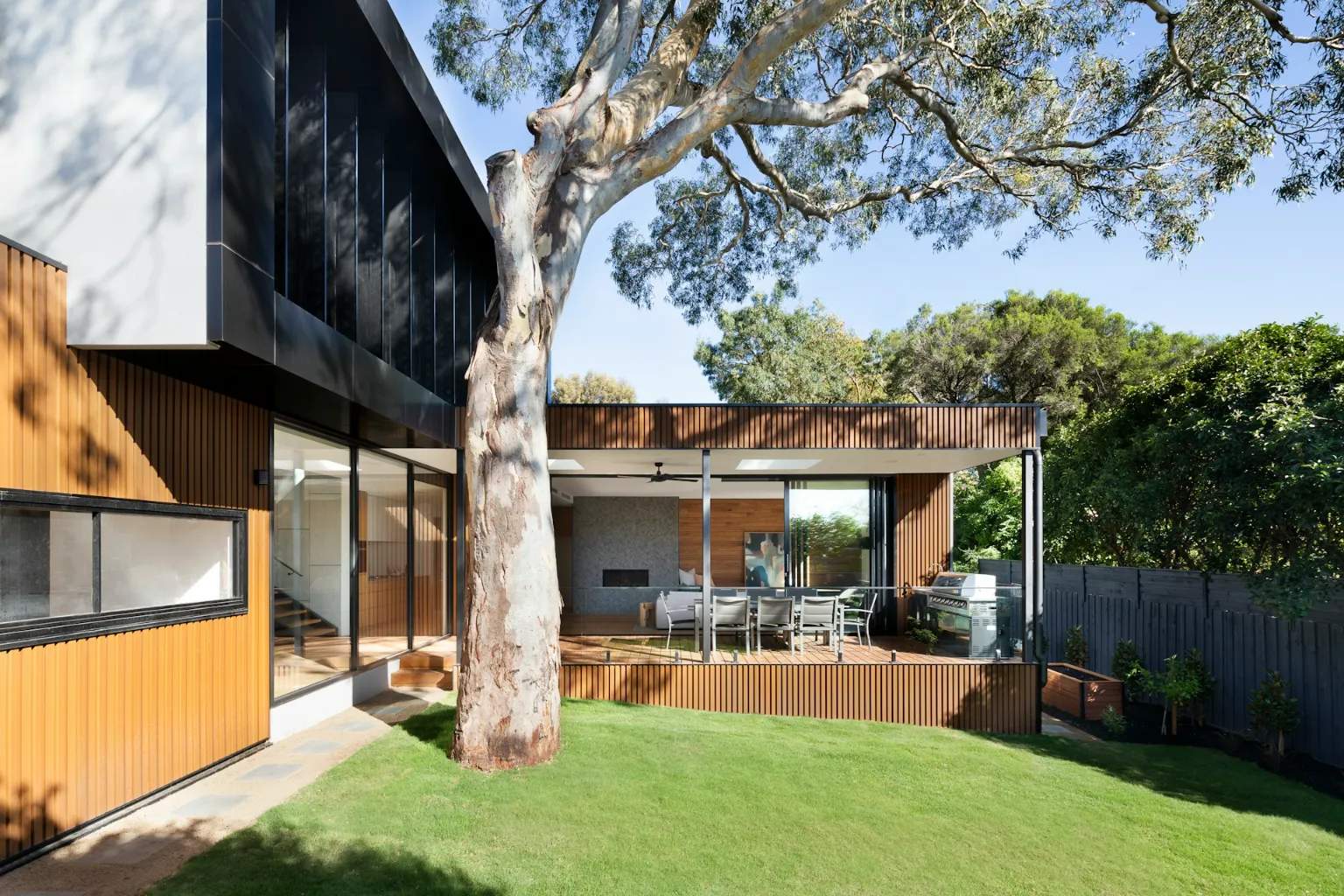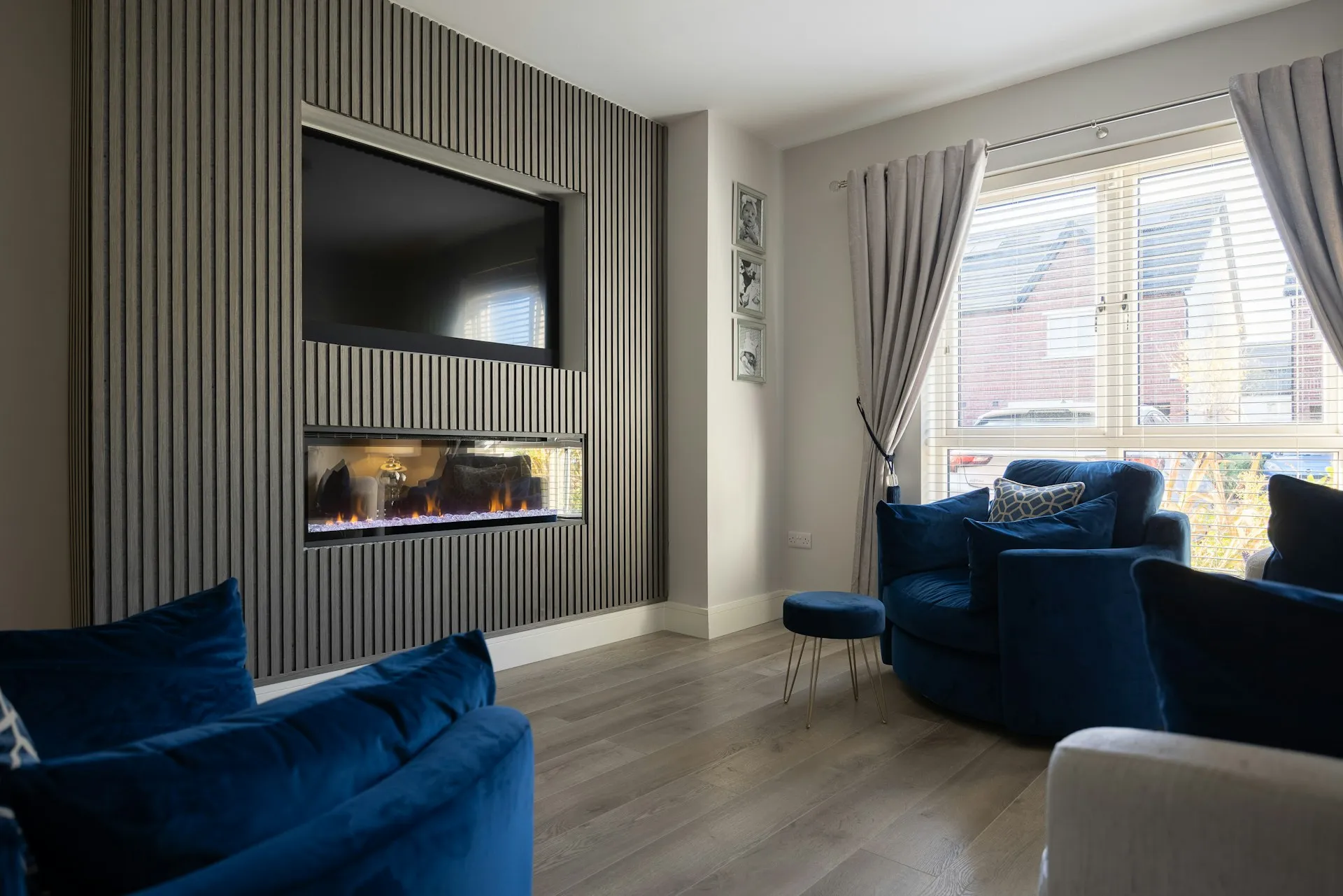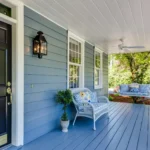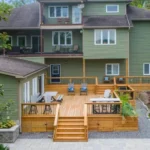In the world of contemporary architecture and design, materials that offer durability, flexibility, and aesthetic appeal are in high demand. One such material that has become a favorite among architects, builders, and designers is the aluminium composite board—more commonly known as an aluminium composite panel (ACP). From towering commercial buildings to sleek indoor walls, this material is everywhere—and for good reason.
In this article, we’ll break down what aluminium composite boards are, explore their features, and explain why they are such a versatile and cost-effective solution in the construction and design industries.
What Is an Aluminium Composite Board?
An aluminium composite board is a type of flat panel made from two thin aluminium sheets bonded to a non-aluminium core, usually made of polyethylene (PE) or a fire-retardant material. This layered structure makes it strong yet lightweight, ideal for both indoor and outdoor applications.
While the terms “aluminium composite board” and “aluminium composite panel” are used interchangeably, both refer to the same product. These boards come in a variety of thicknesses, colors, textures, and finishes—offering creative freedom for designers and practical advantages for builders.
Key Features of Aluminium Composite Boards
What makes aluminium composite boards stand out from other materials? Here are the key features:
- Lightweight but Durable: Despite their solid appearance, ACPs are incredibly light, making them easy to transport and install.
- Weather Resistance: They resist UV rays, moisture, and harsh weather conditions, which is why they’re popular for exterior use.
- Corrosion-Resistant: The aluminium surface doesn’t rust, making it ideal for long-term outdoor installations.
- Smooth Surface: The even surface supports high-quality printing and painting, which is why ACPs are often used for signage.
- Flexible and Customizable: Can be cut, bent, drilled, or shaped into various forms without cracking or losing integrity.
Common Applications of Aluminium Composite Boards
Thanks to their strength and versatility, aluminium composite boards are used across a wide range of applications:
- Exterior Cladding and Building Facades: Widely used in commercial buildings, shopping malls, and even residential high-rises to enhance appearance and protect walls.

- Signage and Billboards: The smooth surface and ability to hold high-quality print make ACPs perfect for advertising and branding.
- Interior Design: Used for ceilings, wall panels, kitchen cabinets, and partitions, especially in modern and minimalist designs.

- Furniture and Fixtures: Custom furniture designers sometimes use ACPs for creating lightweight, metallic-looking surfaces.
Advantages of Using Aluminium Composite Boards
Let’s take a closer look at why aluminium composite boards are so popular in construction and design:
1. Cost-Effective
Compared to solid aluminium or other premium facade materials, ACPs are more affordable—without compromising on performance or aesthetics.
2. Low Maintenance
They require minimal cleaning and are resistant to dust and dirt. A mild detergent and water are usually enough to keep them looking new.
3. Design Flexibility
Available in a wide range of colors and finishes—matte, gloss, metallic, and even wood grain—ACPs can match nearly any design vision.
4. Thermal and Sound Insulation
The inner core offers some degree of insulation, which helps regulate temperature and reduce external noise.
5. Easy Installation
Since they are lightweight and come in standard sizes, ACPs are easy to handle, install, and replace if needed.
Are There Any Disadvantages?
No material is perfect. Although aluminium composite boards offer many benefits, it’s important to understand their limitations:
- Not Load-Bearing: ACPs are not suitable for structural framing or any use that requires heavy load-bearing capacity.
- Dents and Scratches: While durable, the aluminium surface can dent under strong impact or scratch easily if not handled with care.
- Fire Safety Considerations: Lower-end ACPs with polyethylene cores may pose fire risks. However, fire-retardant versions are available and recommended, especially for high-rise buildings.
Aluminium Composite Board vs. Other Materials
When deciding on building materials, it’s useful to compare ACPs with other options:
| Material | Strength | Weight | Cost | Durability | Aesthetics |
| Aluminium Composite Panel (ACP) | Good balance of strength and flexibility | Lightweight | Affordable | Weather-resistant and long-lasting | Wide range of finishes |
| Solid Aluminium | Stronger than ACP | Heavier | More expensive | Highly durable | Metallic, professional look |
| PVC Foam Board | Less durable than ACP | Very lightweight | Cheaper | Prone to wear, less weather-resistant | Basic appearance |
| Wood | Strong (depends on type) | Heavy | Varies by wood type | Less weather-resistant, can rot | Naturally beautiful |
Conclusion
The aluminium composite board has become a staple material in modern construction and design for good reason. It offers an ideal mix of functionality, aesthetics, and cost-efficiency. Whether you’re looking to create a stylish exterior facade, build custom signage, or renovate your interior spaces, aluminium composite panels provide a durable and attractive solution.
As always, when choosing materials for your project, it’s important to consider your specific needs—be it durability, fire safety, design, or budget. With the right product and proper installation, aluminium composite boards can serve you well for years to come.
If you’re exploring sustainable, stylish, and durable building options, visit ecobuildhome.com, where you’ll find expert advice, installation guides, and buying tips for composite boards and eco-friendly materials.


